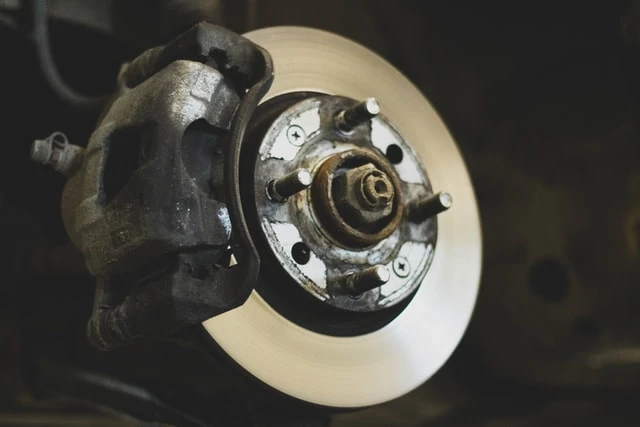The Art of Braking
It goes without saying that there are a number of different braking technologies incorporated in the latest range of cars on the market. They might fly under the radar, if anything, but all those acronyms are more than just an abbreviation, they are a life-saving invention designed to look after you and your family’s safety.
So, what are the different types of braking technology?

The First Step: ABS
One of the early systems introduced into cars was ABS. This was something that the industry latched onto and proudly trumpeted. ABS is Anti-lock Braking System.
Before ABS arrived there were two kinds of braking styles. Most of the time it was hard on the brake pedal and look out for black smoky trails. Or there was the canny driver that would “feather” the pedal and raise and lower the braking foot to not lock up the brakes.
ABS does the same thing as the second technique, albeit faster than we could ever hope to achieve. Computer controlled sensors will have the brake pads grip and release the brake discs, slowing forward progress but not stopping the whole wheel from rotating or locking up. This increases your control over the car’s handling.
Early versions of ABS had all four wheels controlled by one or two sensors, however, it’s pretty standard now that each wheel’s brake is controlled independently.
Meanwhile, TC refers to Traction Control. A long time ago, when manual gearboxes, thirsty engines, and a heavy right foot would combine to perform a “burnout”, where the grip or traction of a tyre became less than the intended design, they’d spin and the heat would warm the rubber to a point where the tyre would begin to smoke.
Traction Control stops this from happening. Whether it’s intentional, or in the case of either climbing a wet bitumen road, or turning a sharp corner at slow speed then accelerating, a computer sensor steps in and reduces power momentarily to reduce the lack of traction.
New Braking Technology
Today, a wide range of advanced technologies are designed to improve braking efficiency and enhance overall vehicle safety. One of these features includes ESP/VSC (Electronic Stability Program or Vehicle Stability Control). It is also referred to as DSC (Dynamic Stability Control) or ESC (Electronic Stability Control).
In essence, each of these systems do the same thing. They combine with Traction Control and rely on electronic sensors to measure wheel rotation speed, the direction of travel of the vehicle, the angle of the vehicle, and if a pre-programmed point of no return might be reached. At this point, the stability program will apply brakes to the wheel, or wheels it deems require assistance.
This can be done without the driver’s knowledge. For example, on a wet and slippery road, the system may quietly work in the background by gently applying braking force. In effect, the system helps the car stay on a straighter, tighter, driving line.
EBD, or Electronic Brake Distribution, is a form of brake technology that automatically varies the amount of force applied to each of a vehicle’s wheels, based on road conditions, speed, and loading. It works hand-in-hand with ABS.
Finally, there’s Brake Assist, which provides extra braking pressure if the car’s onboard computers think that it is required. In today’s cars, this tends to be partnered with a forward-looking sensor setup and cruise control.